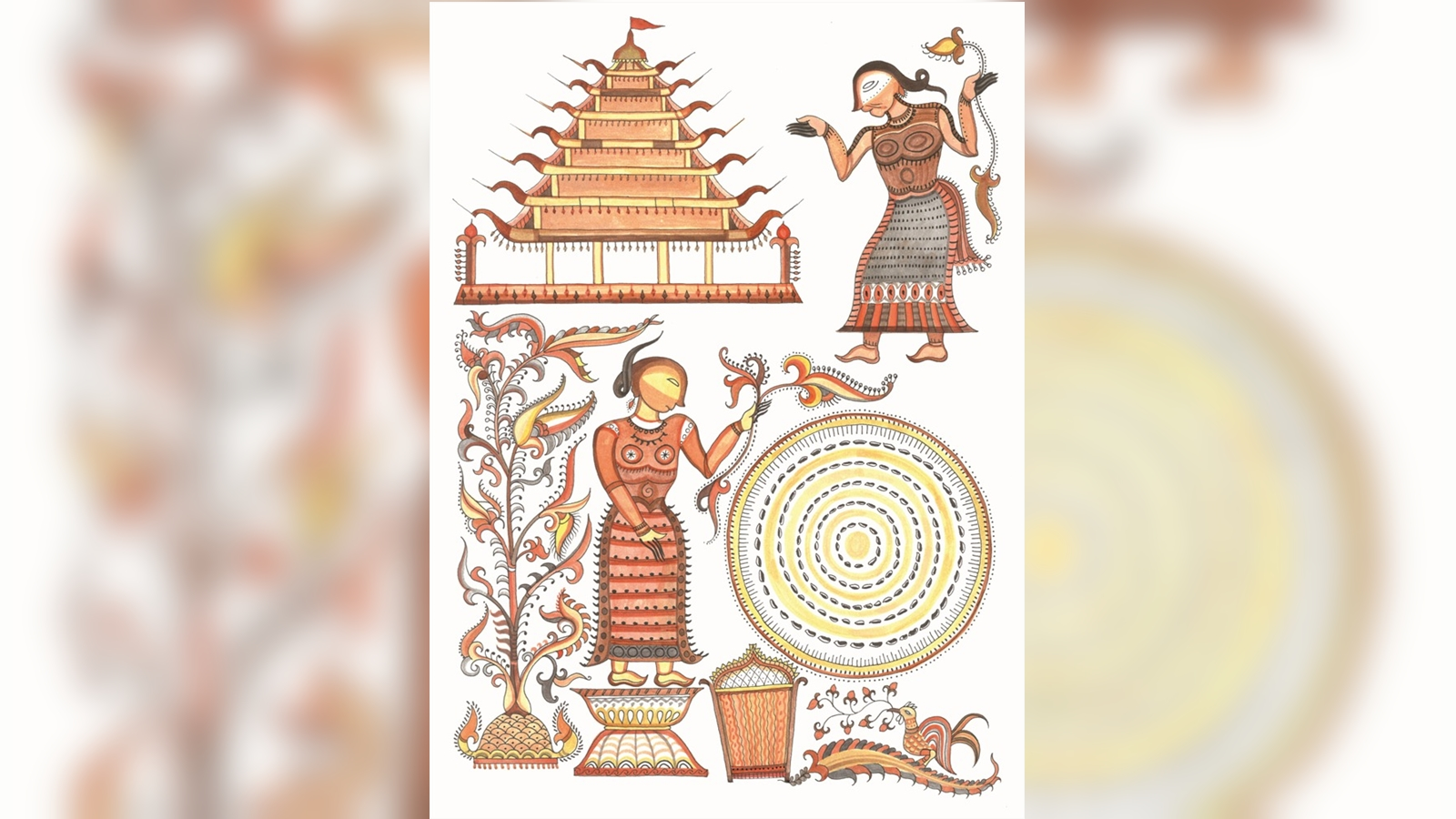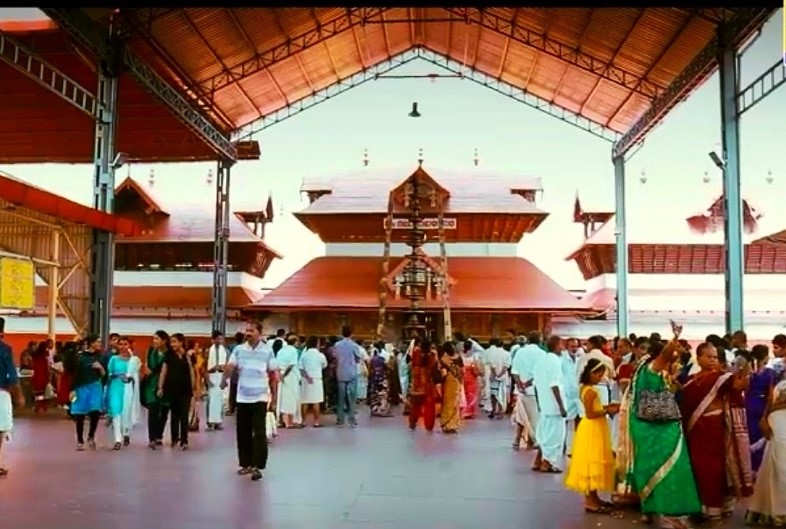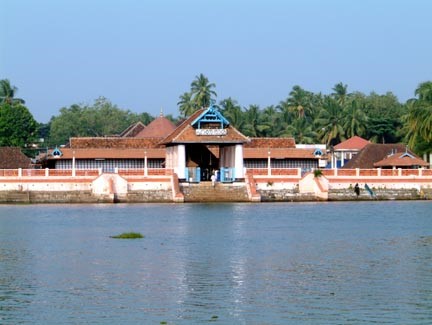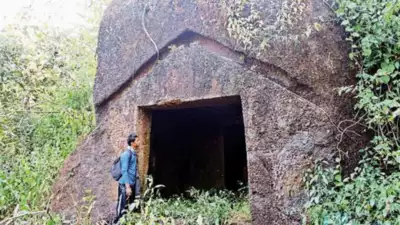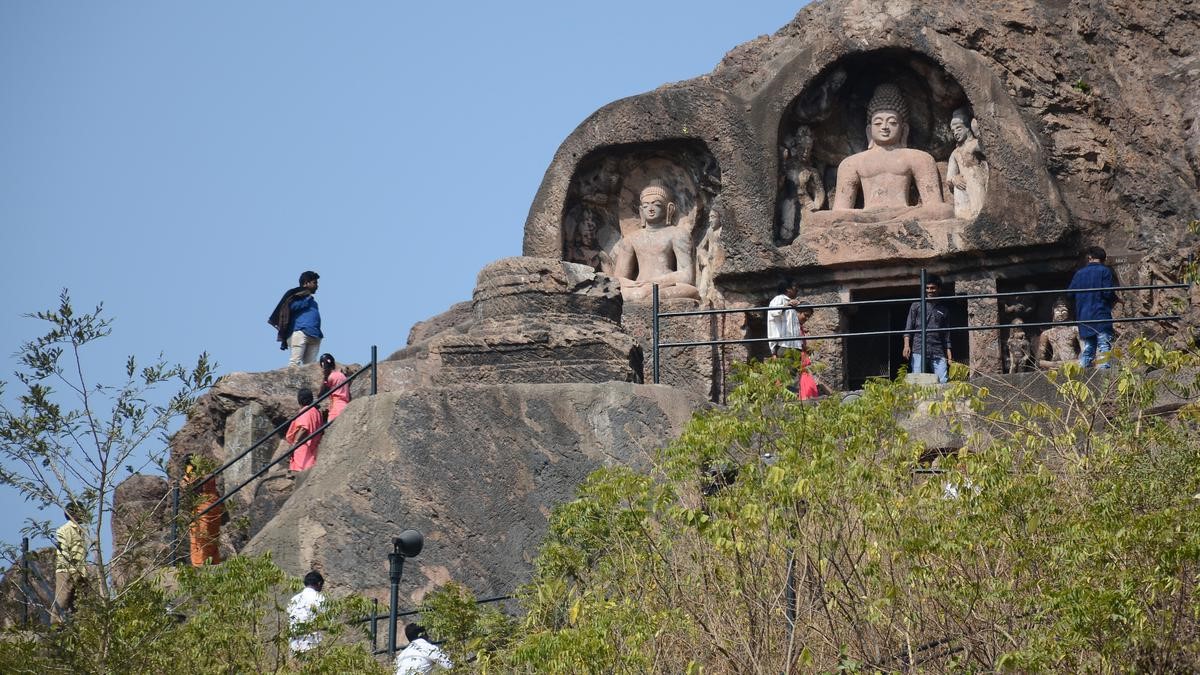Description

Copyright infringement not intended
Context: The recent spell of heavy rains and floods that ravaged large parts of Pakistan’s Sindh province has also taken a heavy toll on the archaeological site of Mohenjo-daro.
Details:
- In fact, the calamity has pushed the archeological site – situated on the bank of the Indus river – to the “brink of extinction”.
- Pakistan’s Department of Archaeology has said that Mohenjo-daro might be removed from the world heritage list, if urgent attention towards its conservation and restoration is not given. Consequently, the administration has banned the entry of tourists to the place.
Importance of Mohenjo-daro:
- Mohenjo-daro, a group of mounds and ruins, is a 5000-year-old archaeological site located about 80-km off the city of Sukkur.
- It comprises the remnants of one of two main centres of the ancient Indus Valley Civilisation, the other one being Harappa, located 640 km to the northwest, in Punjab province.
- Mohenjo-daro, which means ‘mound of the dead’, was one of the oldest cities of the world.
- It is located in Sindh, Pakistan, next to the Indus River.
- Here the Great Bath, uniform buildings and weights, hidden drains and other hallmarks of the civilization were discovered in the 1920’s.
- At Mohenjo-Daro the most unicorn seals have been found.
- The Mohenjo-Daro also has two mounds. The western mound is lower which was a citadel with 200 m X 400 m and eastern is a bigger which was having the relics of a buried city of size 400×800 meters.
- Mohenjo-Daro was the largest city of the Indus valley civilization. Both Harappa and Mohenjo-Daro can be called the capital cities of the civilization.
- A granary has been found which the largest building of the Mohenjo-Daro is.
- A square pillared hall is another important building found at Mohenjo-Daro. The scholars agree that this pillared hall was a site for social gatherings.
- All houses have a courtyard , kitchen and a well. All houses at Mohenjo-Daro have proper arrangements of light air and drainage.
- Mohenjo-Daro has shown an extensive usage of bricks.
- A piece of woven cotton along with spindle whorls and needles has been found.
- A bronze figurine of a dancing girl has been found.
- Mohenjo-Daro has also given evidence of violence leading to death.
- A seal representing the Mother Goddess a plant growing from her womb has been found.
- A figurine of a bearded man has been found at Mohenjo-Daro
- A seal with a picture suggesting Pashupati Mahadev has been found at Mohenjo-Daro.
- A seal which shows a woman to be sacrificed by a man with a knife in hand has been found at Mohenjo-Daro.
- Known to be a model planned city of the ancient civilisation, the houses here had bathrooms, toilets and drainage system.
- The sheer size of the city, and its provision of public buildings and facilities, suggests a high level of social organisation.
- Though in ruins, the walls and brick pavements in the streets are still in a preserved condition.
- The ruins of the city remained undocumented for around 3,700 years, until 1920, when archaeologist RD Banerji visited the site. Its excavation started in 1921 and continued in phases till 1964-65. The site went to Pakistan during Partition.

Other Indus Valley sites:
- The Indus Valley Civilisation spanned much of what is now Pakistan and the northern states of India (Gujarat, Haryana and Rajasthan), even extending towards the Iranian border.
- Its major urban centres included Harappa and Mohenjo-daro in Pakistan, and Lothal, Kalibangan, Dholavira and Rakhigarhi in India.
- Mohenjo-daro is considered the most advanced city of its time, with sophisticated civil engineering and urban planning. When the Indus Valley Civilisation went into sudden decline around 19th century BC, Mohenjo-Daro was abandoned.
Losing world heritage tag:
- There are around 1,100 UNESCO listed sites across its 167 member countries.
- Last year, the World Heritage Committee, holding its 44th session in China, decided to delete the property ‘Liverpool – Maritime Mercantile City’ (UK) from the World Heritage List, due to “the irreversible loss of attributes conveying the outstanding universal value of the property,” a UNESCO statement said.
- Liverpool was added to the World Heritage List in 2004 in recognition of its role as one of the world’s major trading centres in the 18th and 19th centuries – and its pioneering dock technology, transport systems and port management.
- Before that, the first venue to be delisted by the UNESCO panel was the Arabian Oryx Sanctuary in Oman, in 2007, after concerns over poaching and habitat degradation.
- Another site to be removed from the World Heritage list in 2009 was Elbe Valley in Dresden, Germany, after the construction of the Waldschloesschen road bridge across the Elbe river.
https://indianexpress.com/article/explained/explained-global/explained-pakistan-floods-imperiled-mahenjo-daros-world-heritage-tag-8132814/








